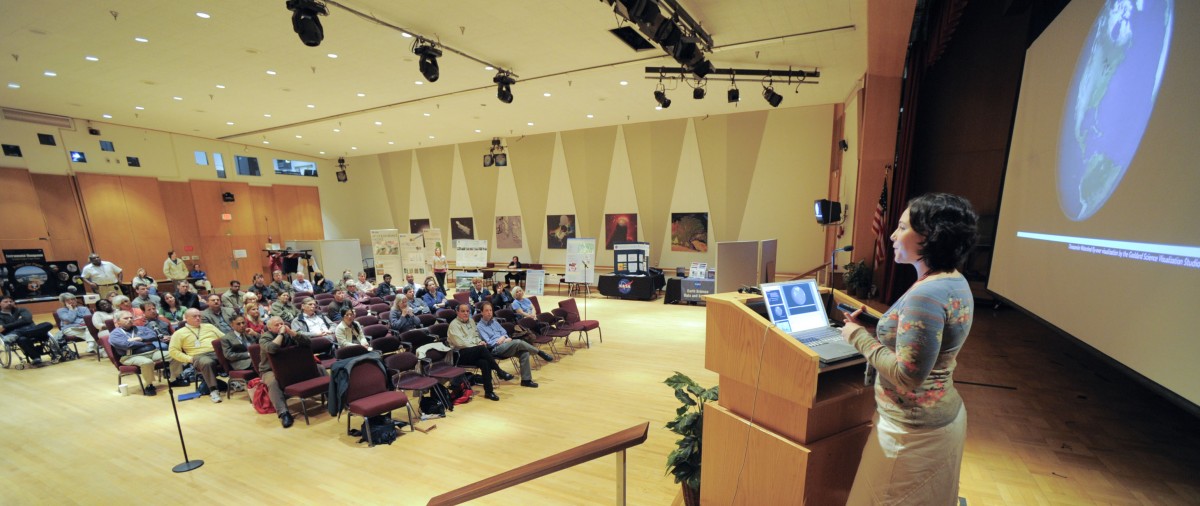You can imagine my amusement when I read this article by Digiday titled “‘They’re the worst’: Why agencies are trying to kick the PowerPoint habit”:
That’s what they say at 100-person agency Work & Co., anyway. The agency recently banned PowerPoints (and Keynotes, and Prezis), or as every agency staffer inevitably calls them “decks.” Said founder Gene Liebel: “They’re the worst.”
For Work & Co., banning Powerpoint presentations was necessary because the person holding the remote or controlling the presentation dominated the room. “It’s like a lawyer at trial that wants to control everything,” said Liebel. Powerpoint just isn’t collaborative.
Although I still have a fundamental resistance to Microsoft products, there is probably still a legitimate place for PowerPoint (and, grudgingly, Word). That doesn’t mean PowerPoint has to be your go-to tool for everything. Use something more appropriate for what you are trying to communicate. Evernote came up with “Presentation Mode” a couple years ago. It isn’t necessarily the ideal solution but it is a creative alternative that turns Evernote notes into something closer to a presentation deck while preserving a more dynamic form factor. I used it in a workshop once and it worked fairly well.
I say all this as someone who has given a number of presentations at conferences and my weapon of choice has been Keynote. It worked well enough but there are ways to use it effectively and ways to make a complete mess of it all. I’m not entirely sure where my decks wound up on that continuum but I like to think I did more things correctly than not. At the same time, with all the tools we have available to us, there are so many other ways to present ideas and concepts as well as more effective ways to collaborate.
To be sure, agencies are a bit late to the game. Almost three years ago, physicists working on the Large Hadron Collider in the U.S. banned the use of the presentation software. Jeff Bezos famously banned it at Amazon two years ago; and Jeff Weiner, CEO of LinkedIn, eliminated presentations at the company in 2013 and asked people to send meeting materials 24 hours in advance instead.
At Work & Co., Liebel said clients are thankful for the change since it enabled them to work with the agency on an ongoing basis without presentations stemming the flow of content, marketing or even ideas. The agency is leaning more heavily on showing proof of concept, whether through prototypes or simply more discussions.
It all comes down to sharing ideas, doesn’t it? Find better way to do that. Friends don’t let friends PowerPoint (if they can help it).
Image credit: Earth Day Presentation by NASA Goddard Space Flight Centre, licensed CC BY 2.0

 RSS – Posts
RSS – Posts
What do you think?